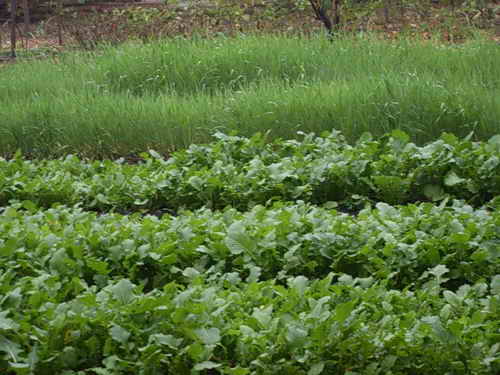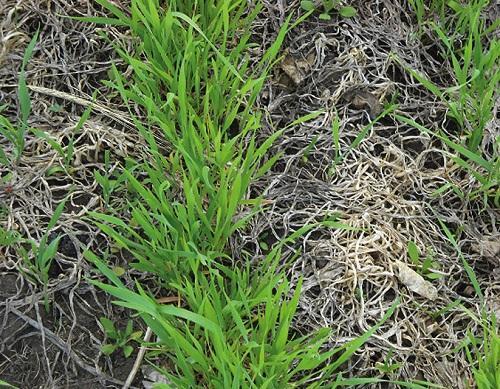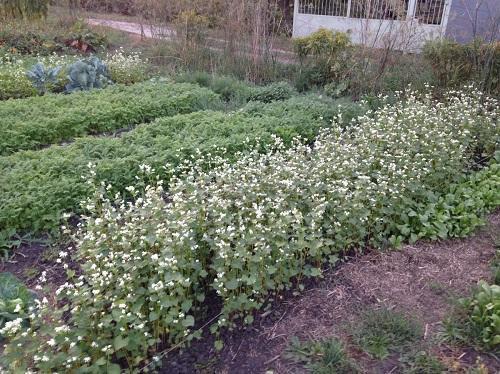Green manure green manures for the personal plot
 As green fertilizers, green manures have long found their application not only on a large scale of agriculture, but also on personal plots. They enrich the soil with organic matter, nitrogen, phosphorus and other trace elements, increase moisture and air permeability. Of no small importance for gardeners is such a property of siderates as suppressing the growth of weeds, because this significantly reduces the amount of work in the beds. In addition, green spaces protect the soil from rapid evaporation of moisture, which is important for the active growth of garden crops.
As green fertilizers, green manures have long found their application not only on a large scale of agriculture, but also on personal plots. They enrich the soil with organic matter, nitrogen, phosphorus and other trace elements, increase moisture and air permeability. Of no small importance for gardeners is such a property of siderates as suppressing the growth of weeds, because this significantly reduces the amount of work in the beds. In addition, green spaces protect the soil from rapid evaporation of moisture, which is important for the active growth of garden crops.
Sowing time of green manure

Planting green fertilizers can be done:
- in the spring before planting the main crops;
- in the fall after harvesting, during the preparation of the site for winter;
- during the summer, using the free space between plantings or in the aisles among vegetables with a long ripening period.
In order to give the land the opportunity to rest, it is practiced to sow the area of the site with green manure, in which they are left for a year without embedding in the soil, that is, until the next season.
What crops to use?

To fertilize the soil on a personal plot, you can sow:
- Lupine. Enriches the soil with nitrogen, the best time for planting is early spring, August sowing is also allowed.
- Seradella. As an independent species, it can be sown in the spring or sown to winter crops.
- Mustard. Suitable for all types of soil, enriches them with phosphate, reduces the likelihood of diseases and the number of wireworms during autumn plowing.
- Oil radish... Accumulates nitrogen in the upper layers of the earth, destroys weeds and pests. It can be sown several times per season, starting in spring and ending in late autumn.
- Buckwheat. Recommended for use on poor and heavy soils, enriches them with potassium, phosphorus, organic matter. Long roots loosen the soil well.
- Cereals. All taken nutrients are returned to the soil, additionally enriching with potassium and improving the structure. Ideal for clayey soil and leaving the area under steam.
The most optimal way to cover green manure

Today, experienced gardeners, instead of plowing green manure into the soil, use a more effective method, the essence of which is that the green mass should be cut off and left as mulch, and the plot itself should be loosened with a flat cutter. Mulch will protect the soil from external factors and create suitable conditions for the development of microorganisms. Under their influence, all plant residues (both tops and roots) will quickly decompose and turn into humus.
The green manure should be cut off before they begin to bloom and form seeds, preventing the overgrowth of the green mass.
When sowing in autumn, it is good to use annuals such as mustard or radish. By the spring, they will almost completely rot themselves, and there will be nothing left to remove additionally. Perennial siderates must be repaired 2-3 weeks before planting garden crops.